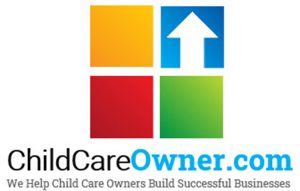Stabilization Grant Funds and Business Value
Home » Business & Financial » Stabilization Grant Funds and Business Value

One of the most frequent questions I have been asked over the last two years is – “How do buyers look at grant funds and business value.” The answer – it depends.
Grant funds are like all other funds that are non-recurring. Whether it is a one-time “grant fund” for things like PPE (personal protective equipment) or playground enhancements, these are considered non-recurring funds/income. From a business valuation standpoint, non-recurring income is not considered a part of the business value because – well, the funds are a one-time thing or only received for a set time period – the funds are not going to be received in the future – so they cannot be counted towards business value.
Now, that is the simple answer. But there is more to the answer. Given that the stabilization grant funds were mandated to be spent for wages, rent, repairs, and some capital improvements, most of the funds served to supplant the owners’ funds. Thus, in many cases, childcare owners have been able to pay their employees and themselves more over the last two years because of the stabilization grants. But, just because the owners paid themselves more through payroll or more money on the bottom line (profits) does not mean the stabilization grants increased the value of the childcare business.
When valuing a childcare business, in general, grant funds received are deducted from gross revenues. Then, ongoing expenses associated with labor costs are analyzed to determine and project their future impact on business profits. And, if some of the grant funds were utilized for capital expenditures (CapEx) like roof replacement or new play structures – some expense recasting is appropriate as these are considered non-recurring expenses.
When valuing a childcare business, we closely examine all grant funding and associated expenditures. How the grant funds were utilized may not impact business value, decrease the value of the child care business, or, if used for CapEx, help improve the value of the real property – building and facilities, equipment, and technology.

